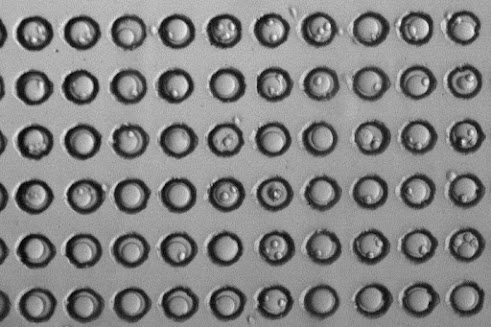A general formula that can calculate the spin current induced by oscillating magnetic fields in magnetic materials and aid our understanding of novel spintronics functionality has been developed by researchers from Tokyo Tech and Chiba University. The formula predicts large spin currents arising from a hitherto unknown contribution in antiferromagnetic chromium trihalides, opening doors to material design for novel spintronics devices.
An ingenious approach toward developing low-power, high-speed, and high-density memory devices is based on spintronics, an emerging frontier in technology that harnesses a degree of freedom of electrons known as "spin." Put simply, electrons, along with their negative charge, possess a "spin" whose orientation can be controlled using magnetic fields. This is particularly relevant for magnetic insulators, in which the electrons cannot move around, but the "spin" remains controllable. In these materials, the magnetic excitations can give rise to a "spin current," which forms the basis of spintronics.
Scientists have been looking for efficient methods to generate the spin current. The "photogalvanic effect," a phenomenon characterized by the generation of dc current from light illumination, is particularly useful in this regard. Studies have found that a "photogalvanic" spin current can be generated similarly using the magnetic fields in electromagnetic waves. However, we currently lack candidate materials and a general mathematical formulation for exploring this phenomenon.
















.jpg)
